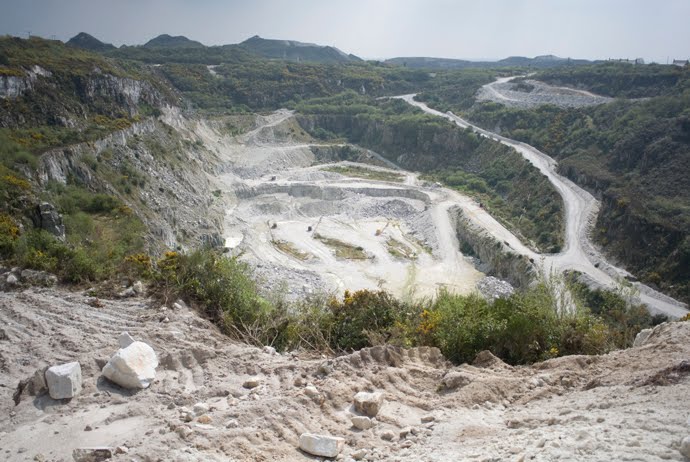 [Image: The “Trevisco pit,” Cornwall, from which the kaolinite used in space shuttle tiles comes from; photo by Hugh Symonds].
[Image: The “Trevisco pit,” Cornwall, from which the kaolinite used in space shuttle tiles comes from; photo by Hugh Symonds].
Photographer Hugh Symonds recently got in touch with a series of images called Terra Amamus, or “dirt we like,” in his translation, exploring mining operations in Cornwall.
“The granite moors of Cornwall,” Symonds explains, “were formed around 300 million years ago. Geological and climatic evolution have created a soft, white, earthy mineral called kaolinite. The name is thought to be derived from China, Kao-Ling (High-Hill) in Jingdezhen, where pottery has been made for more than 1700 years. Study of the Chinese model in the late 18th century led to the discovery and establishment of a flourishing industry in Cornwall.”
You could perhaps think of the resulting mines and quarries as a landscape falling somewhere between an act of industrial replication and 18th-century geological espionage.
 [Image: Photo by Hugh Symonds].
[Image: Photo by Hugh Symonds].
As Symonds points out, kaolinite is actually “omni-present throughout our daily lives; in paper, cosmetics, pharmaceuticals, paints, kitchens, bathrooms, light bulbs, food additives, cars, roads and buildings. In an extraterrestrial, ‘Icarian’ twist, it is even present in the tiles made for the Space Shuttle.”
Indeed, the photograph that opens this post shows us the so-called Trevisco pit. Its kaolinite is not only “particularly pure,” Symonds notes; it is also “the oldest excavation in the Cornish complex.”
Even better, it is the “quarry from which the clay used for the Space Shuttle tiles came from.” This pit, then, is a negative space—a pockmark, a dent—in the Earth’s surface out of which emerged—at least in part—a system of objects and trajectories known as NASA.
Of course, the idea that we could trace the geological origins of an object as complex as the Space Shuttle brings to mind Mammoth‘s earlier stab at what could be called a provisional geology of the iPhone. As Mammoth wrote, “Until we see that the iPhone is as thoroughly entangled into a network of landscapes as any more obviously geological infrastructure (the highway, both imposing carefully limited slopes across every topography it encounters and grinding/crushing/re-laying igneous material onto those slopes) or industrial product (the car, fueled by condensed and liquefied geology), we will consistently misunderstand it.” These and other products—even Space Shuttles—are terrestrial objects. That is, they emerge from infrastructurally networked points of geological extraction.

 [Images: Photos by Hugh Symonds].
[Images: Photos by Hugh Symonds].
In John McPhee’s unfortunately titled book Encounters with the Archdruid, there is a memorable scene about precisely this idea: a provisional geology out of which our industrial system of objects has arisen.
“Most people don’t think about pigments in paint,” one of McPhee’s interview subjects opines. “Most white-paint pigment now is titanium. Red is hematite. Black is often magnetite. There’s chrome yellow, molybdenum orange. Metallic paints are a little more permanent. The pigments come from rocks in the ground. Dave’s electrical system is copper, probably from Bingham Canyon. He couldn’t turn on a light or make ice without it.” And then the real forensic geology begins:
The nails that hold the place together come from the Mesabi Range. His downspouts are covered with zinc that was probably taken out of the ground in Canada. The tungsten in his light bulbs may have been mined in Bishop, California. The chrome on his refrigerator door probably came from Rhodesia or Turkey. His television set almost certainly contains cobalt from the Congo. He uses aluminum from Jamaica, maybe Surinam; silver from Mexico or Peru; tin—it’s still in tin cans—from Bolivia, Malaya, Nigeria. People seldom stop to think that all these things—planes in the air, cars on the road, Sierra Club cups—once, somewhere, were rock. Our whole economy—our way of doing things. Oh, gad! I haven’t even mentioned minerals like manganese and sulphur. You won’t make steel without them. You can’t make paper without sulphur…
We have rearranged the planet to form TVs and tin cans, producing objects from refined geology.
 [Image: Photo by Hugh Symonds].
[Image: Photo by Hugh Symonds].
What’s fascinating here, however, is something I touched upon in my earlier reference to geological espionage. In other words, we take for granted the idea that we can know what minerals go into these everyday products—and, more specifically, that we can thus locate those minerals’ earthly origins and, sooner or later, enter into commerce with them, producing our own counter-products, our own rival gizmos and competitive replacements.
I was thus astonished to read that, in fact, specifically in the case of silicon, this is not actually the case.
In geologist Michael Welland‘s excellent book Sand, often cited here, Welland explains that “electronics-grade silicon has to be at least 99.99999 percent pure—referred to in the trade as the ‘seven nines’—and often it’s more nines than that. In general, we are talking of one lonely atom of something that is not silicon among billions of silicon companions.”
Here, a detective story begins—it’s top secret geology!
A small number of companies around the world dominate the [microprocessor chip] technology and the [silicon] market, and while their literature and websites go into considerable and helpful detail on their products, the location and nature of the raw materials seem to be of “strategic value,” and thus an industrial secret. I sought the help of the U.S. Geological Survey, which produces comprehensive annual reports on silica and silicon (as well as all other industrial minerals), noting that statistics pertaining to semiconductor-grade silicon were often excluded or “withheld to avoid disclosing company proprietary data.”
Welland thus embarks upon an admittedly short but nonetheless fascinating investigation, hoping to de-cloud the proprietary geography of these mineral transnationals and find where this ultra-pure silicon really comes from. To make a long story short, he quickly narrows the search down to quartzite (which “can be well over 99 percent pure silica”) mined specifically from a few river valleys in the Appalachians.
 [Image: Photo by Hugh Symonds].
[Image: Photo by Hugh Symonds].
As it happens, though, we needn’t go much further than the BBC to read about a town called Spruce Pine, “a modest, charmingly low-key town in the Blue Ridge mountains of North Carolina, [that] is at the heart of a global billion-dollar industry… The jewellery shops, highlighting local emeralds, sapphires and amethysts, hint at the riches. The mountains, however, contain something far more precious than gemstones: they are a source of high-purity quartz.” And Spruce Pine is but one of many locations from which globally strategic flows of electronics-grade silicon are first mined and purified.
In any case, the geological origin of even Space Shuttle tiles is always fascinating to think about; but when you start adding things like industrial espionage, proprietary corporate landscapes, unmarked quarries in remote mountain valleys, classified mineral reserves, supercomputers, a roving photographer in the right place at the right time, an inquisitive geologist, and so on, you rapidly escalate from a sort of Economist-Lite blog post to the skeleton of an international thriller that would be a dream to read (and write—editors get in touch!).
And, of course, if you like the images seen here, check out the rest of Symond’s Terra Amamus series.
 [Image: Tokyo at night, courtesy of NASA’s Earth Observatory].
[Image: Tokyo at night, courtesy of NASA’s Earth Observatory].

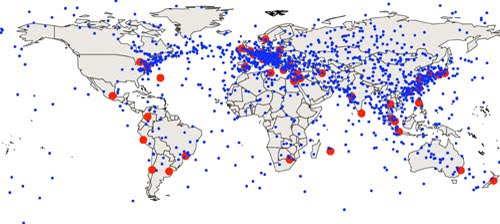 [Image: Global map of “optimal intermediate locations between trading centers,” based on the earth’s geometry and the speed of light, by
[Image: Global map of “optimal intermediate locations between trading centers,” based on the earth’s geometry and the speed of light, by  [Image: Diagrammatic explanation of a “light cone,” courtesy of
[Image: Diagrammatic explanation of a “light cone,” courtesy of  [Image: An otherwise unrelated image from NOAA featuring a geodetic
[Image: An otherwise unrelated image from NOAA featuring a geodetic 
 [Image:
[Image: 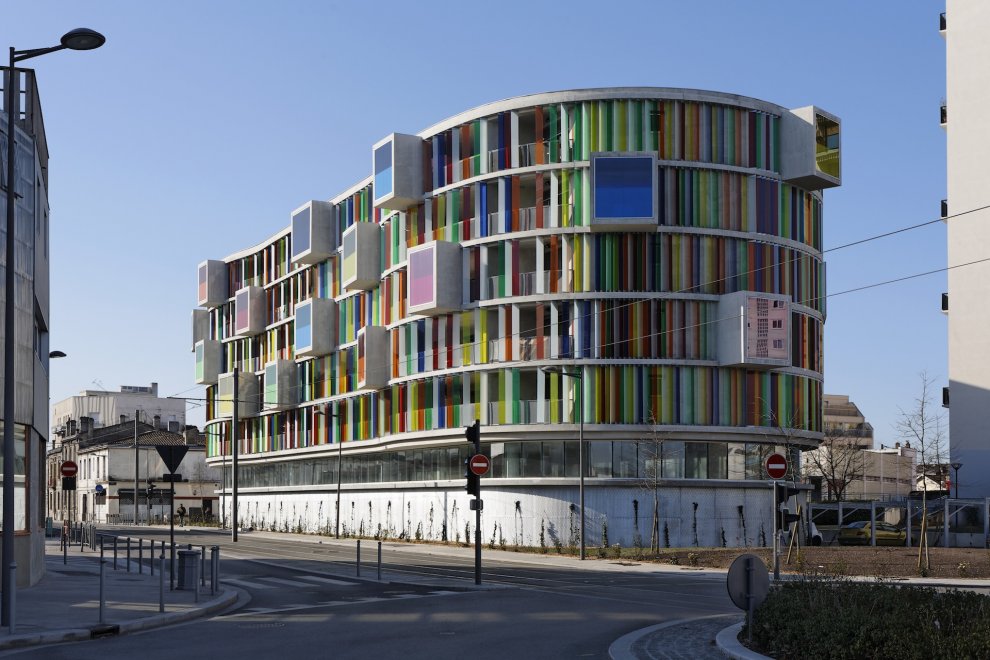
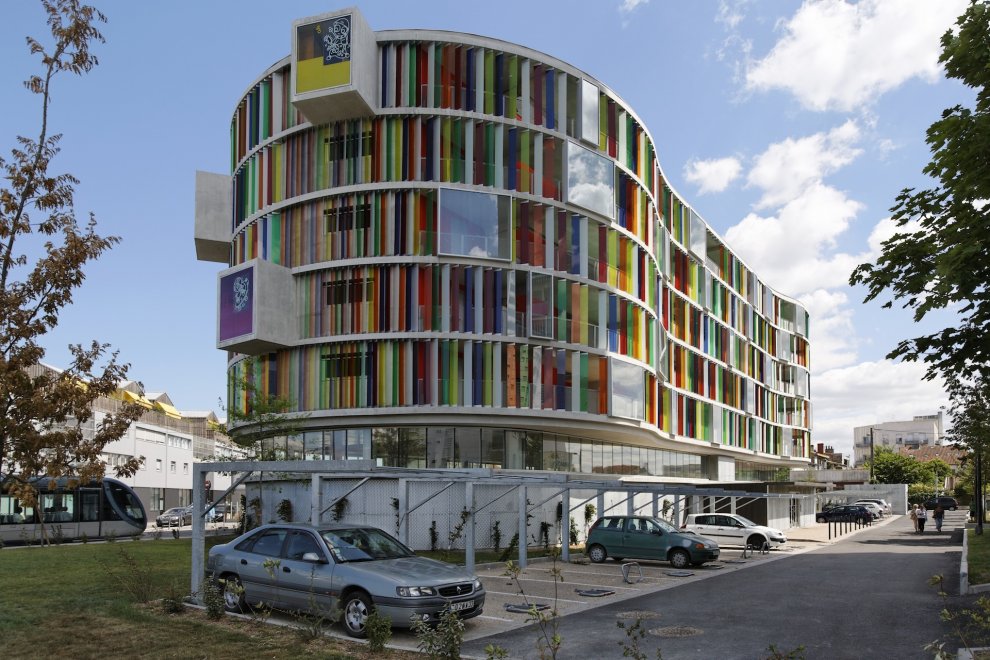
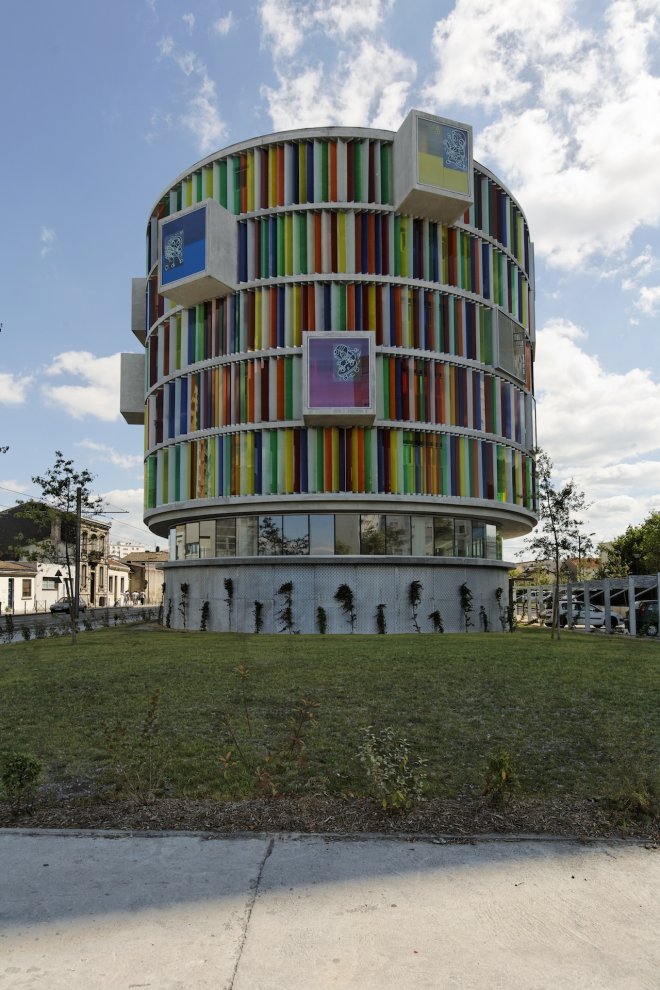 [Images:
[Images: 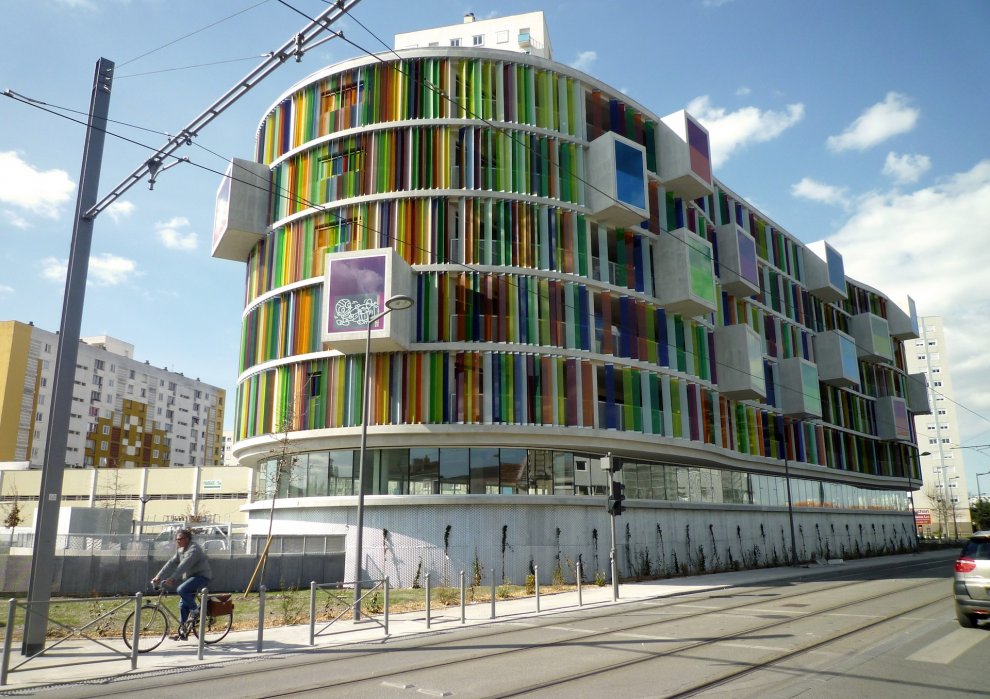
 [Images:
[Images:  [Image:
[Image: 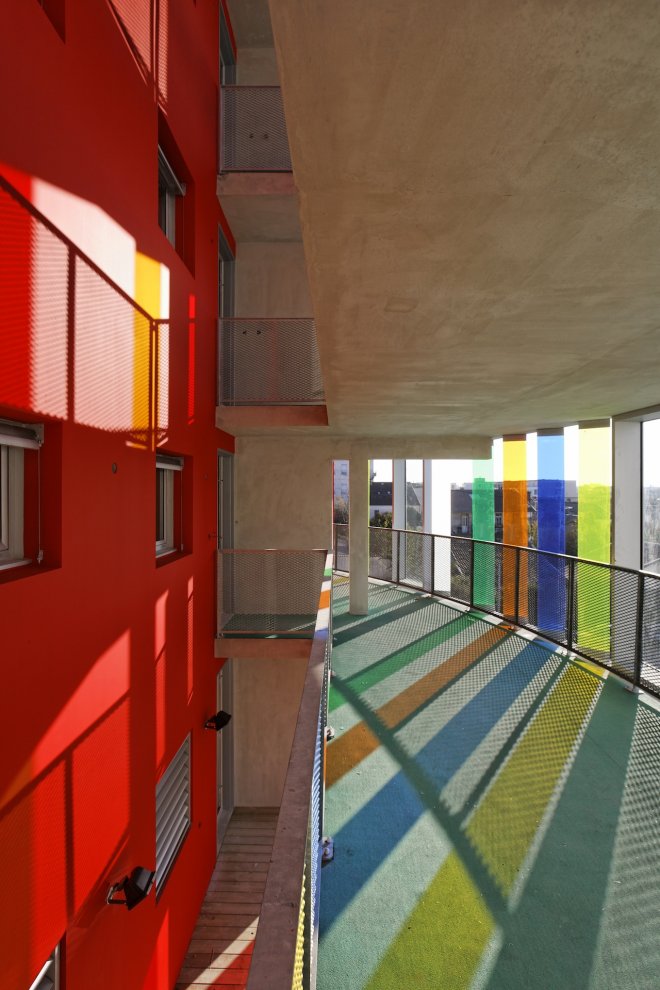
 [Images:
[Images: 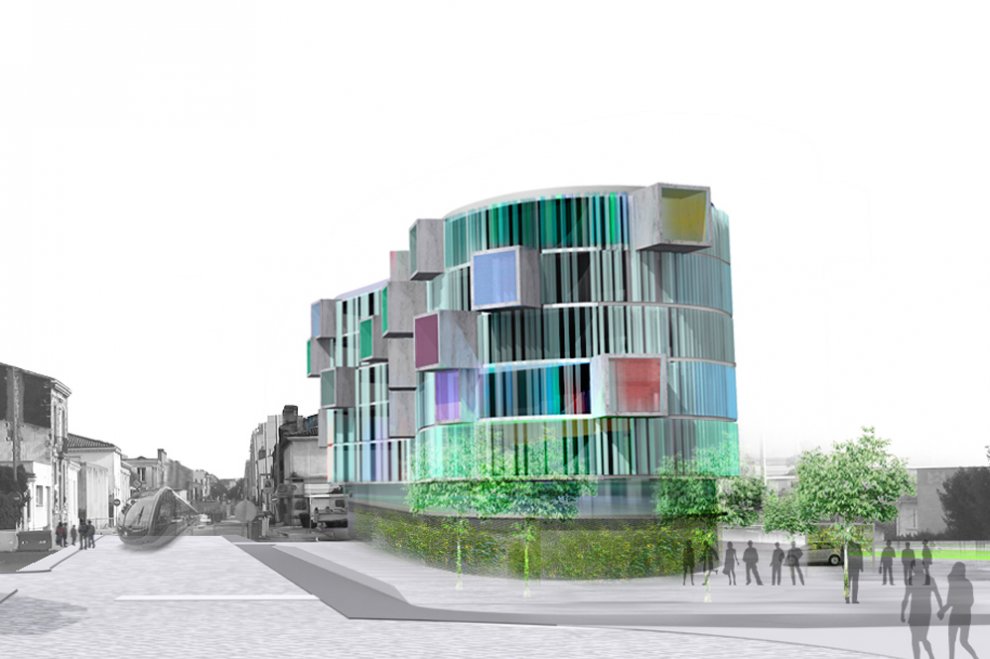 [Image:
[Image: 
 [Image: The “
[Image: The “ [Image: Photo by
[Image: Photo by 
 [Images: Photos by
[Images: Photos by  [Image: Photo by
[Image: Photo by  [Image: Photo by
[Image: Photo by 
 [Image: By
[Image: By 
 [Images: By
[Images: By  [Image: By
[Image: By  [Image: By
[Image: By 
 [Image: “Pass the Mic” by
[Image: “Pass the Mic” by 
 [Images: “Artificial clouds” designed at Qatar University under the direction of Saud Abdul Ghani; images from a video hosted by the
[Images: “Artificial clouds” designed at Qatar University under the direction of Saud Abdul Ghani; images from a video hosted by the  [Images: “Artificial clouds” designed at Qatar University under the direction of Saud Abdul Ghani; images from a video hosted by the
[Images: “Artificial clouds” designed at Qatar University under the direction of Saud Abdul Ghani; images from a video hosted by the 
 [Image: Photo courtesy of the
[Image: Photo courtesy of the 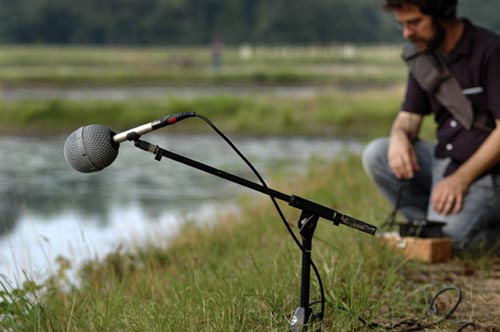 [Image: Sound artist
[Image: Sound artist 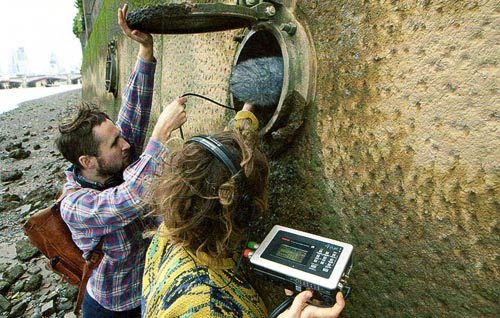 [Image: Students from
[Image: Students from 
 [Image: Parable of the elephant, illustrated by
[Image: Parable of the elephant, illustrated by  [Image: Sebeok’s report].
[Image: Sebeok’s report]. [Image: Satellite photo of Fukushima Daiichi complex].
[Image: Satellite photo of Fukushima Daiichi complex].
 [Image: Courtesy of the
[Image: Courtesy of the  [Image: Courtesy of the
[Image: Courtesy of the 
 [Image: An Australian truth window, photographed by Peter Halasz, courtesy of
[Image: An Australian truth window, photographed by Peter Halasz, courtesy of  [Image: A cow window, photographed by “Dori,” courtesy of
[Image: A cow window, photographed by “Dori,” courtesy of